YOUR BARREL
Fermentation and ageing
Topping-up, racking, washing and regular checks on the barrels all form part of the major stages in winemaking: maturing and fermentation.
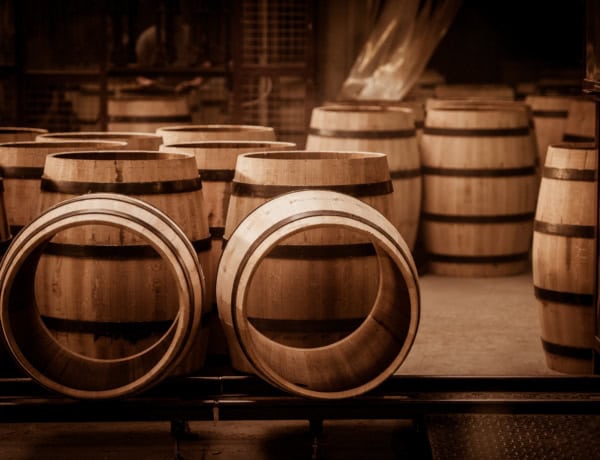
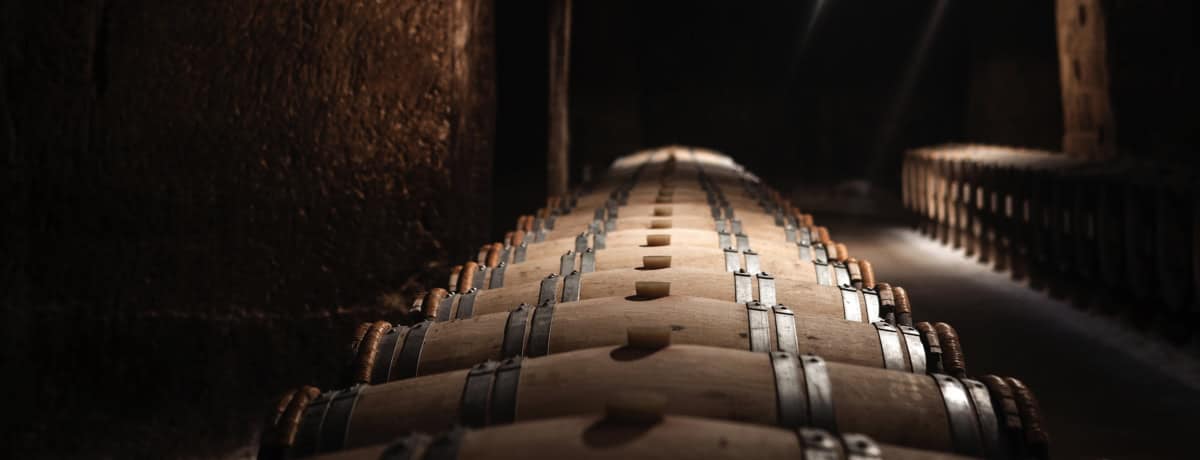
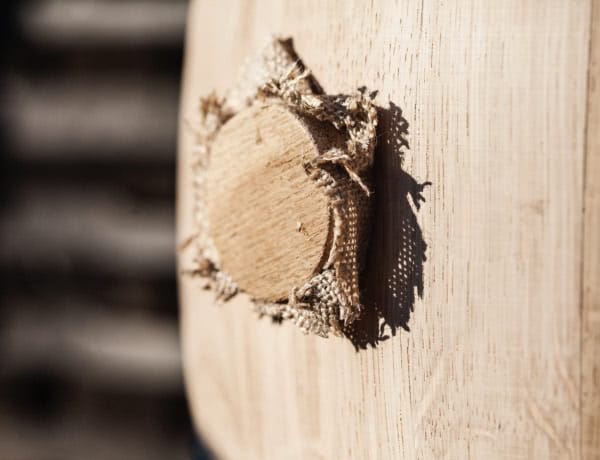
Topping-up
During a barrel’s first year of use, it tends to “consume” a certain amount of wine due to a combination of wood impregnation and evaporation, generally representing a loss of 7 to 11 litres. Over the first two months of maturing, it’s customary to top up the barrels twice a week, then once a month thereafter. During this initial maturing phase, the barrel transfers a large quantity of tannins to the wine. This is known as the “coup de boisé”. It reduces over time as the tannins gradually blend into the structure of the wine.
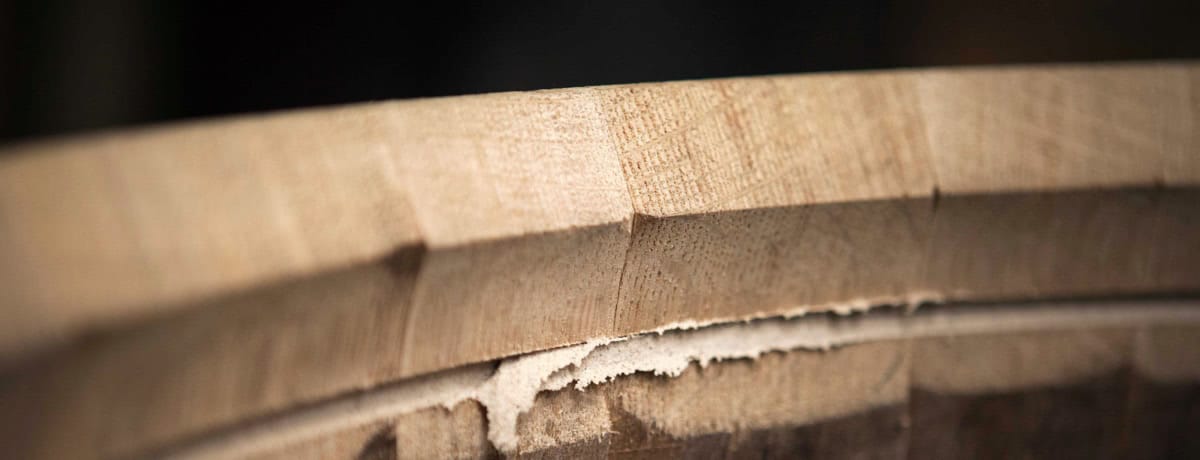
Racking
The coarsest lees are removed by racking. Washing the inside of the barrels also helps the wine to “breathe”. Racking frequency depends on the terroirs and the maturing strategy. Traditionally in the Bordeaux region, racking takes place every 3 to 4 months. After racking, the barrels are washed in hot water, with care taken to protect the wood fibres, then in cold water to prevent the development of micro-organisms. They must then be thoroughly drained and sulphured prior to casking.
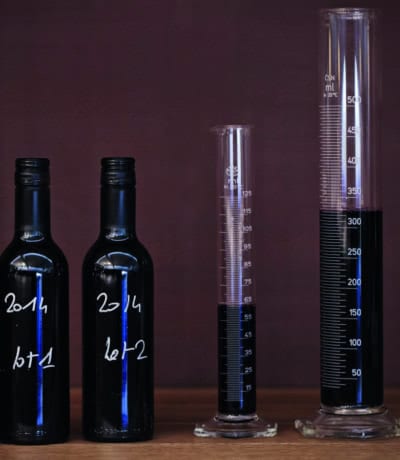
Checks
It’s important to check the level of volatile acidity in each barrel. With oak, an increase of 0.1 to 0.2g per litre is inevitable. To prevent the development of bacteria or olfactory deviation, levels must be maintained at 25 to 30 mg per litre of free SO2 for red wines and 20 mg per litre for white wines.
